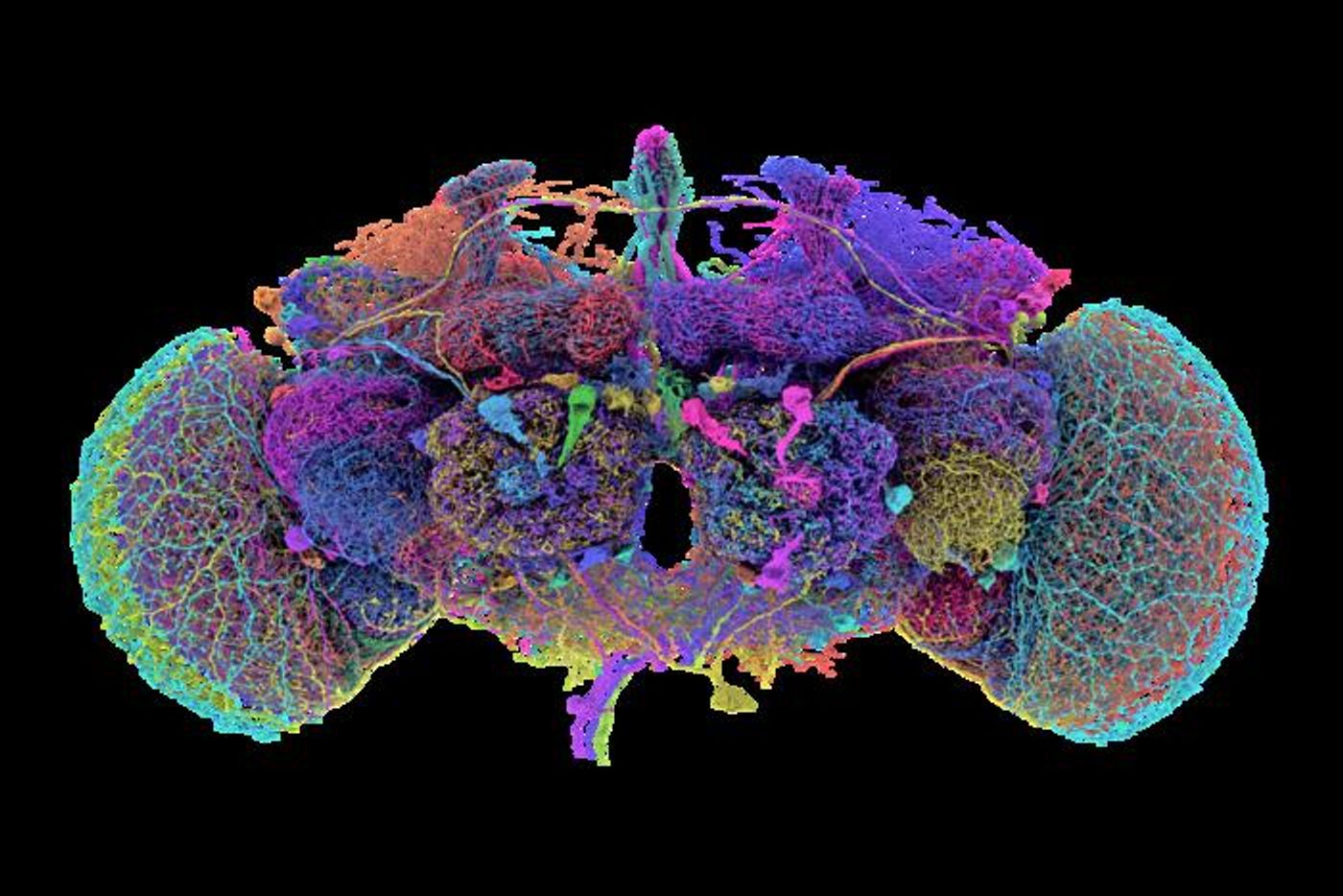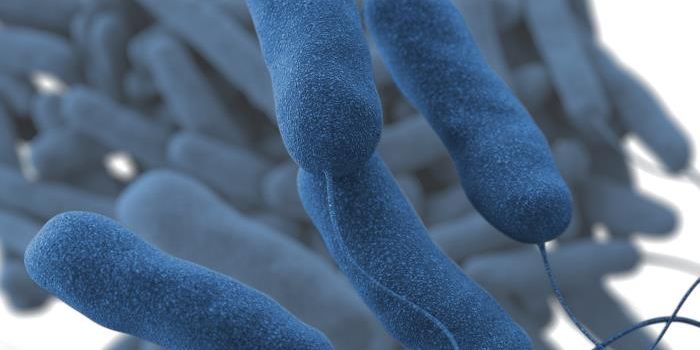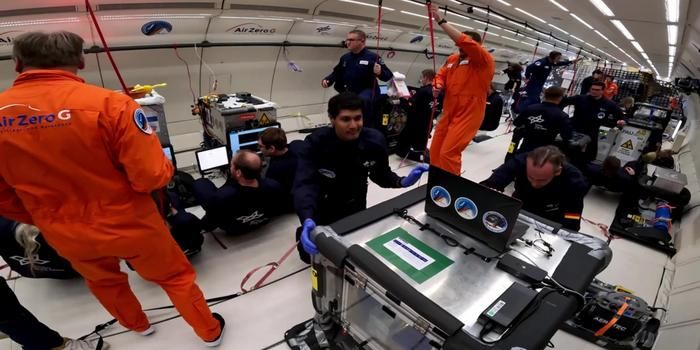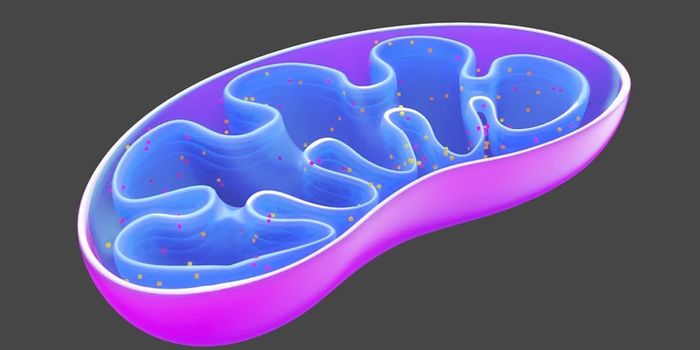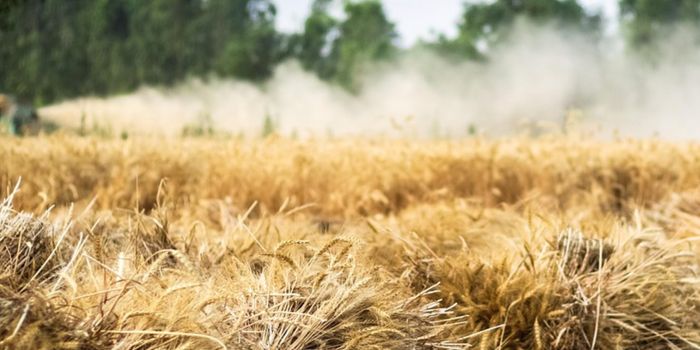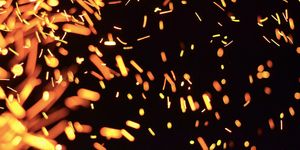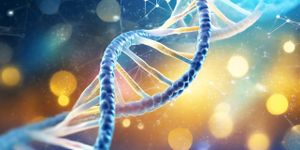A Detailed Map of Cells & Synapses in the Fruit Fly Brain
Fruit flies are excellent research models, in part because it is so easy and inexpensive to raise them, and also because they are so well characterized. The DNA of these insects is estimated to be about 60 percent similar to human DNA, and around three of every four protein-coding human genes have fruit fly counterparts. Fruit flies also have some behaviors that are similar to humans, such as decision-making, navigating their environments, and orienting themselves, for example. They can also get drunk from alcohol or wired from caffeine, and have mating rituals. Scientists have now mapped every single neuron in the adult fruit fly brain, in a project called FlyWire. The work, which was reported in Nature, is like a roadmap of the fly brain, which contains nearly 140,000 neurons and millions of synapses.
“Any brain that we truly understand tells us something about all brains. With the fly wiring diagram, we have the potential for an unprecedented, detailed, and deep understanding,” said co-corresponding study author Sebastian Seung, a professor at Princeton University.
The researchers created this diagram with 21 million images of the fruit fly brain, which were made into a three-dimensional map with labels through a massive collaborative effort.
“What we built is, in many ways, an atlas,” said first study author Sven Dorkenwald, now of the University of Washington and the Allen Institute.
This project was inspired by EyeWire, which used crowdsourcing to map retinal neurons in the mouse; gamers traced the path of every neuron in the mouse retina because computational tools were not yet advanced enough to do it. In this effort, the scientists took advantage of artificial intelligence advancements, and computers were used to map every neuron and synapse. These results were then checked and annotated by people in a huge undertaking. FlyWire also labelled the neurons in the final map, unlike EyeWire, which only created a neuronal map.
“This is a major achievement,” said co-corresponding study author Mala Murthy, director of the Princeton Neuroscience Institute. “There is no other full brain connectome for an adult animal of this complexity.”
The team also wanted to make this resource accessible and useful, so they created a FlyWire Codex. This is like a search tool for the fruit fly connectome, the researchers explained, so that anyone can check out the neurons and synapses in the brain without needing to advanced software or huge downloads of data.
“[Fruit fly] brains have neurons, and while their neurons don’t look exactly the same as ours, they do look more or less like trees, like human neurons. It’s amazing. Our last common ancestor might have been half a billion years ago, and yet fruit flies have recognizable neurons and the same neurotransmitters we have: glutamate, acetylcholine, dopamine,” noted Seung.
Sources: Princeton University, Nature
